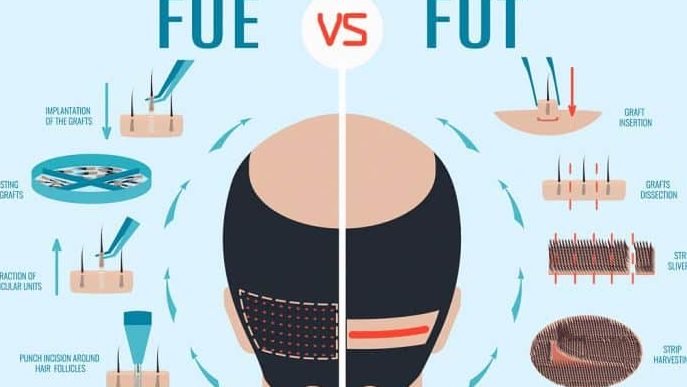
Hair transplantation is a surgical procedure that involves relocating hair from one area of the scalp to another. It is used to restore hair loss caused by genetics, aging, injury, or medical issues. Hair transplantation is a permanent and natural-looking solution for hair loss, and it has become increasingly popular in recent years.
There are several different types of hair transplantation procedures available. The most commonly used type is called follicular unit transplantation (FUT), where a strip of scalp is removed from the back or side of the head, and the follicular units are then separated and transplanted into the bald or thinning areas. This type of transplantation offers the most natural-looking results as the donor follicles are harvested in clusters and transplanted as a unit.
For those wanting a more minimally invasive option, there is follicular unit extraction (FUE). In this method, individual follicular units are removed from the donor area and transplanted into the balding area, one at a time. This method is associated with less scarring and shorter recovery time, but the results may not be as natural as FUT.
Another type of hair transplantation is scalp reduction surgery. This method involves surgically removing bald areas of scalp and stretching the remaining scalp over the smaller area to provide a fuller appearance. This technique is typically used in combination with other hair transplantation methods.
No matter which type of hair transplantation a person chooses, there are certain steps to take before and after the procedure to ensure a safe and successful outcome. It is important to follow all pre- and post-operative instructions closely, as well as keep up with regular follow-up visits to the hair transplant clinic.
Overall, hair transplantation is a safe and effective treatment for hair loss. Different types are available to suit individual needs, and a hair transplant specialist can provide further guidance on the most suitable option.